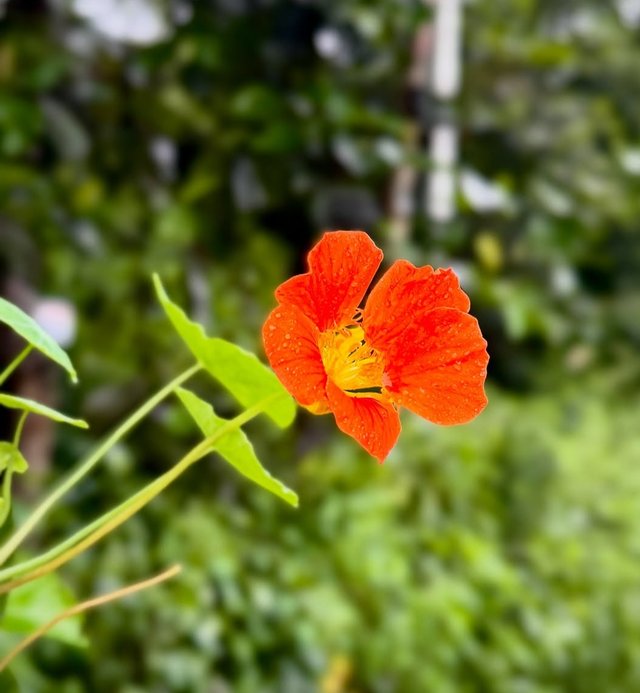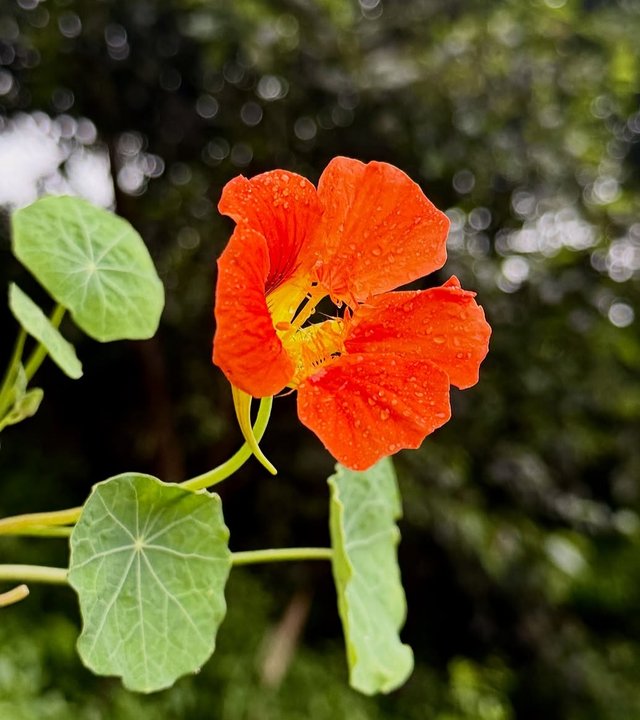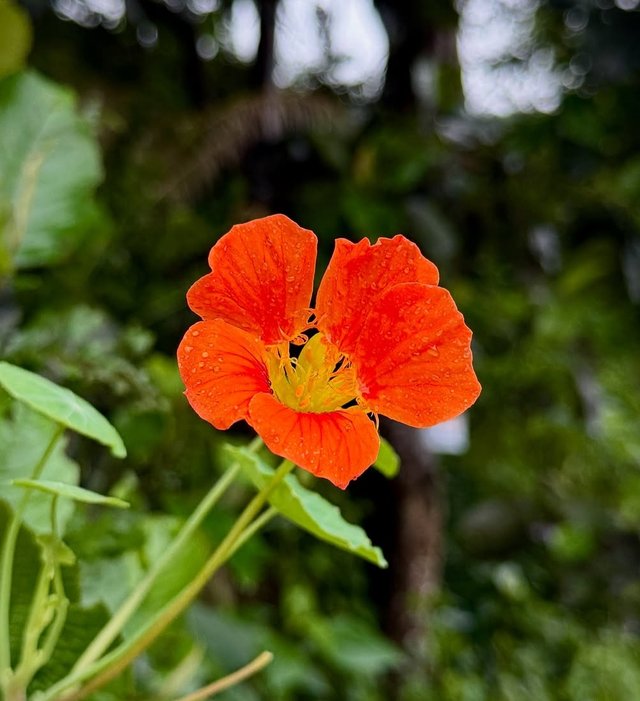Garden Nasturtium Flower
Garden Nasturtium: A Vibrant Jewel of the Garden
The Garden Nasturtium, scientifically known as Tropaeolum majus, is a beloved ornamental plant cherished by gardeners for its cheerful blooms, peppery-scented leaves, and remarkable versatility. Native to South America, particularly Peru and Bolivia, this annual flowering plant has traveled the world to become a staple in cottage gardens, vegetable beds, and even gourmet kitchens. With its bright blossoms ranging from fiery orange and red to sunny yellow and creamy peach, the nasturtium is a perfect blend of beauty and utility.
Botanical Background and Appearance
Garden nasturtiums belong to the Tropaeolaceae family, a small group of plants recognized for their distinctive flowers. The plants are typically grown as annuals in temperate climates, though in frost-free regions, they may behave as short-lived perennials. Their round, shield-shaped leaves are a signature feature, often displaying a bluish-green hue with prominent veins. The long, slender flower spurs at the back of each bloom add an exotic touch, making them instantly recognizable.
The trailing or climbing varieties can reach up to 6–10 feet if given support, while dwarf or bush types stay compact, perfect for container gardening. Their non-fussy nature and rapid growth make them ideal for beginners and seasoned gardeners alike.
Growing Conditions and Care
One of the reasons Garden Nasturtiums are so popular is their low-maintenance requirements:
Soil: They thrive in poor to moderately fertile soil. Excessive fertility leads to lush foliage but fewer flowers.
Sunlight: Full sun encourages abundant blooms, though they can tolerate partial shade in hot climates.
Watering: Moderate watering is best. Overwatering can lead to fewer flowers and more foliage.
Temperature: Nasturtiums prefer mild temperatures and are sensitive to frost. Plant them after the last frost date for a long blooming season.
They are typically grown from seed, which germinates quickly—often within 7–14 days. Direct sowing is preferred since nasturtiums dislike root disturbance.
Companion Planting and Pest Control
Garden nasturtiums aren’t just ornamental—they are powerful allies in companion planting. Their peppery-scented leaves repel common pests like aphids, whiteflies, and squash bugs, making them a great border plant for vegetables. At the same time, their flowers attract beneficial insects such as pollinators and predatory insects that keep pests in check. Gardeners often plant nasturtiums alongside tomatoes, cucumbers, cabbage, and beans to enhance garden health.
Culinary Uses
Nasturtiums are fully edible, offering a spicy, watercress-like flavor that adds a unique twist to meals. The flowers, leaves, and even seeds can be used:
Flowers: Add vibrant color and a mild peppery bite to salads, pasta dishes, and sandwiches.
Leaves: Use as a flavorful green in salads or as a garnish.
| Device | cannon eos 700D |
|---|---|
| Lens | 55-250 zoom leans |
| Location | Bangladesh |




